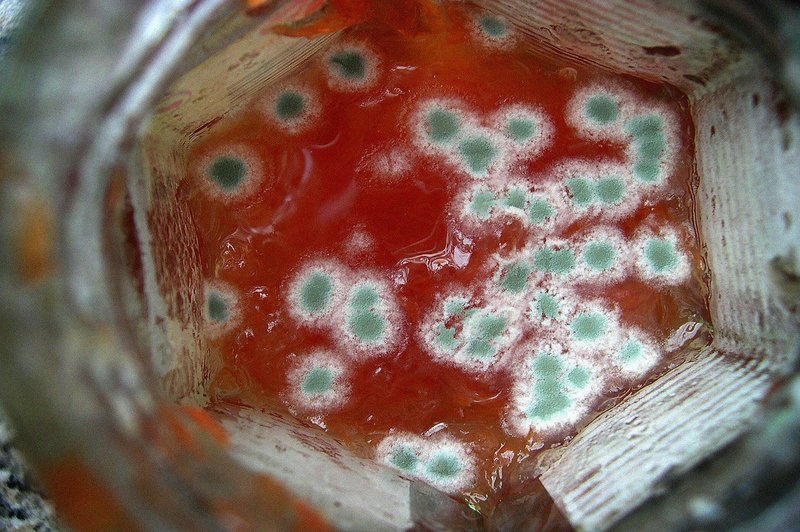If you ever wondered about “what is an anti mold chip” you’ve come to the right article. Here, we’ll talk about anti-mold chips, their uses, and what they’re made of.
We will also tackle several mold-resisting technologies that may prevent mold from spreading in your household belongings. To get the complete information regarding items of mold prevention, read until the end!

Anti Mold Chip Explained
Anti-mold chips prevent mold and bacteria growth on particular objects. You can use them on leather, handbags, shoes, textile, and toys.
They are made from several types of natural plant essences. Anti-mold chips were developed by biotechnology and underwent a unique fermentation process to be what it is now.
Its primary purpose is to prevent mold and mildew production on the objects, as mentioned above. They are non-toxic, but to be safe, it is still best to keep them out of reach of children.
They repel moisture and are similar to silica gels. However, compared to silica gels, they are safer and free from heavy metal materials and DMF.
They are not desiccants like silica gels are. Instead, they are saturated with natural mold inhibitors, which are activated when the humidity levels rise.
If they are placed in an enclosed container, they fill the space with mold-repelling agents — prohibiting mold growth in the said area. When used, they do not leave any residue or odor behind.
Anti-mold chips are typically bought in bundles, and rightfully so because you can use them in several items. They are ideal for storing seasonal clothes as well, which is why homeowners love them.
Anti Mold Chips Vs. Silica Gels
Firstly, anti-mold chips repel moisture, while silica gels absorb moisture. More specifically, the latter attracts moisture from its environment.
Silica gel is a famous desiccant. However, it is pretty pricey compared to anti-mold chips.
Moreover, silica gels are poisonous hence why they have warnings on their containers. However, for children’s safety, ensure that silica gels are not accessible to them.
Another downside to silica gels is that they may give up the water they absorb when the temperatures reach or exceed 40° Celsius. They cannot cover a large area like basements, but you can use them in closets, as seen in this article on how to prevent mold in closet.
Both of these items do not expire. However, over time, their absorbent properties weaken.
Other Forms Of Moisture Absorbers
Calcium chloride
Calcium chloride is a formidable moisture combatant because of its components. It is ideal for projects that involve high-moisture absorption.
Their ability is evidenced by how they are used in keeping goods dry during shipping trips. Unlike silica gels, calcium chlorides can be used in humid rooms like kitchens and basements.
To hasten the dehumidification of the place, put a fan over a bucket of calcium chloride. The air would encourage the moisture to approach the compound.
An accessible form of calcium chloride is rock salt. Although it is not as effective, it is accessible and is a cheap alternative to calcium chloride.
Be warned, though, that ingesting calcium chloride could lead to burns in your throat, mouth, and intestines. It may even lead to vomiting and severe dehydration.
If calcium chloride gets in your eyes, contact a doctor immediately. Also, it is better to wear a pair of gloves when handling it.
Clay absorbers
If you’re looking for a cheap alternative to moisture absorbents, then you can consider clay absorbers. However, compared to the three mentioned so far, its moisture-absorbent properties are low.
However, there is another option of using clay bricks in your household to prevent moisture. For other mold-resistant materials, look into this article on what is the best mold-resistant drywall to guide you.
If you are dealing with highly-humid areas and want to use harmless items, you can use charcoal instead.
What Makes Items Vulnerable To Mold?
The indoor air quality of your household can affect your belongings’ vulnerability to mold. If the air is stuffy and unregulated, there’s a higher chance that moisture will form in cracks and invite mold from there.
This is why encouraging airflow in your home is essential. Ventilation can regulate the air indoors and prevent moisture build-up that may inevitably lead to mold.
The lack of ventilation is why clothes in closets are vulnerable to mold. It’s why homeowners put moisture absorbents in the cabinets to prevent mold growth.
The air in the storage area of whatever item you are storing should have adequate airflow. If it’s not possible to boost the air, you can use a dehumidifier to maintain the humidity levels.
Another reason why items are vulnerable to mold is exposure to water damage. Structures of the home like the ceiling, the walls, and the flooring are vulnerable to leaks.
From these structures, anything that is connected to them may be vulnerable to water damage as well. This, in turn, exposes a wide area to possible mold growth.
Conclusion
From “what is an anti mold chip” to “what makes items vulnerable to mold”, we hope that the answers to these questions were helpful to you and that the article enlightened you about anti-mold chips and other moisture absorbers.
